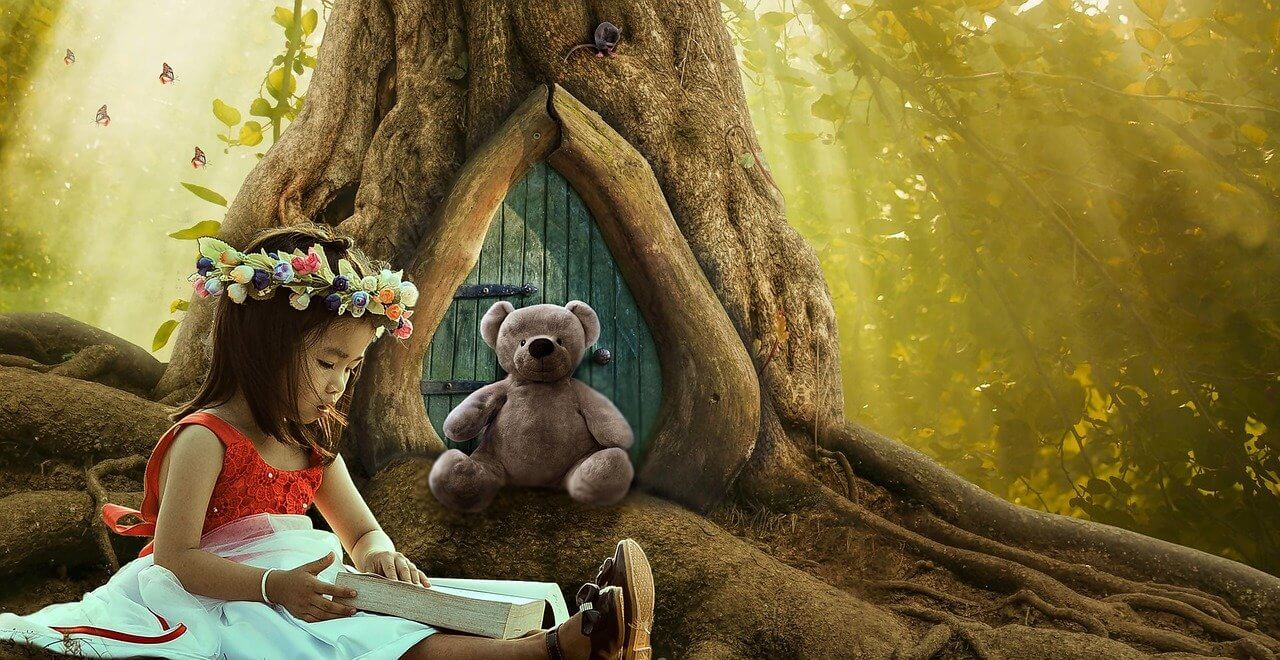Origin of Goldilocks Principle
Once upon a time there was a small cabin in the forest, the cabin lived in three bears. One day a little girl with blonde hair broke into the mountain and saw a cabin very curious to go in. The little girl was hungry and ate everything on the table – she stole three bowls of porridge, three chairs and three beds – and found that there was just the right one for her. She happily went into dreamland, until one day the three bears came back ……. The end of the story must be known to everyone!
I believe that no one is unfamiliar with this story, which was written by Robert Southey, an English fairy tale writer in the 19th century. Today, this fable is widely used in a variety of fields, including astronomy, medicine, biology, economics, and developmental psychology. The concept behind the story is “just right”. Although the concept of “just right” is easy to understand, it is not easy to implement. Today, we will briefly introduce its application to astronomy and psychology.
Astronomy: Goldilocks Zone
In astronomy, the term “Goldilocks Zone” refers to a zone at the right distance and temperature for liquid water to exist on the surface of a planet, but scientists prefer the term Habitable zone. In the solar system, the Habitable zone is located between the orbits of Venus and Mars. Fortunately, the Earth is located in the Habitable zone and the presence of liquid water has made life possible. Planets that integrate the same living conditions as Earth are called Goldilocks planets.

In recent years, scientists have discovered that liquid water may exist not only on Earth, but also on other planets outside the habitable zone, including Saturn’s moon Enceladus and Jupiter’s moon Europa, which scientists speculate may have liquid water underneath their surface ice. One of the most likely causes is tidal heating, which is the heating of the planet’s interior caused by the orbiting of satellites, causing the ice to melt into water.
Developmental Psychology
In developmental psychology, as babies begin to learn about the world, they ignore overly simple objects and overly complex objects, preferring instead to explore less complex and less simple things. (Things that Are Not Too Simple, Not Too Complex, but “Just Right”) Although it sounds a bit like a tongue twister, it simply means that the infant will find the most suitable thing to imitate and learn.
Scholars point out that babies are not passive sponges; they actively seek out information, and information that is most appropriate for them. Because the most appropriate information will lead to the most appropriate stimulation, the best learning and absorption can be achieved.
Psychology: Goldilocks Principle

Nowadays, psychology also uses the “Goldilocks Principle” in habit formation. Scholars point out that habit formation is not easy, so it is important to make the behavior as easy as possible to perform when developing a new habit in the beginning. In this way we are also easier to stick with, and this just the right degree of difficulty in implementation is the so-called “Goldilocks Zone”.
If you can always stay within the Goldilocks Zone, you can enter the “state of mind flow”. The so-called state of mind flow is when engaged in an activity, wholeheartedly and wholeheartedly devoted, which is also the most critical factor to keep us motivated to do things. It’s a delicate balance between not setting tasks that are too easy and not too difficult. According to the principle, when a task is performed at the exact edge of one’s ability, one feels the highest level of motivation, which keeps it going and gradually becomes a habit.
Although the story of the blonde girl and the three bears seems to be commonplace, it is widely used in all aspects of life, allowing us to see the big truth behind the small story, which is worth thinking about.
Other derivative studies are listed below for those who are interested:
The Goldilocks Principle: 6 Tips On Creating The ‘Just Right’ eLearning Content 🔗
References
- 《Atomic Habits》James Clear,2019
- University of Rochester-“The Goldilocks Effect: Babies Learn from Experiences That Are Not Too Simple, Not Too Complex, but ‘Just Right’ ”
- National Geographic – Goldilocks Principles🔗
- Habitable Zone (Chester Harman, CC BY-SA 4.0 🔗, via Wikimedia Commons)
- Cover image from Pixabay.com 🔗

